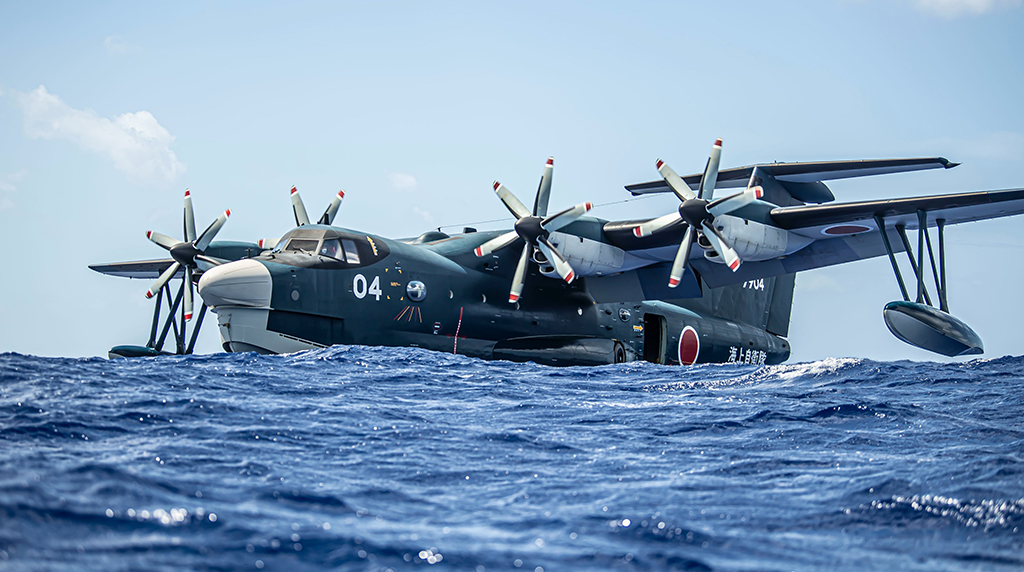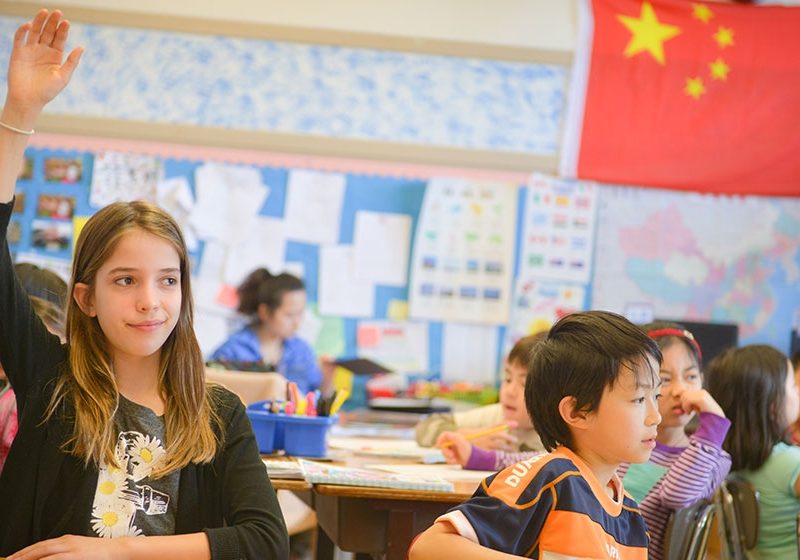The United States is currently testing the ShinMaywa US-2, Japan’s high-tech, amphibious search and rescue seaplane with a price tag of around \$160 million. Built by ShinMaywa Industries, the US-2 isn’t just another expensive military toy—it’s a unique piece of aerospace engineering that may fill an operational gap the U.S. has long left open. But what makes this seaplane so special, and why is the U.S. suddenly interested in it?
What is the ShinMaywa US-2?
The ShinMaywa US-2 is a short takeoff and landing (STOL) amphibious aircraft designed for maritime rescue missions. It can land on both rough sea surfaces and conventional runways, making it one of the few planes capable of operating in conditions that would ground most others. Powered by four Rolls-Royce AE 2100 engines, the US-2 can take off in just 280 meters (920 feet), even with full load—a serious feat for an aircraft this size.
It has a top speed of 350 mph and a range of around 2,800 miles, giving it the ability to reach remote locations quickly. It’s equipped to carry up to 20 rescue personnel and can accommodate over 10 stretchered patients.
Why Is the US Testing It?
While the US military boasts a formidable air fleet, it lacks modern amphibious aircraft designed for rough sea rescues and remote island operations. This is where the US-2 steps in. Its unique capabilities could play a valuable role in operations across the Indo-Pacific, where vast oceanic distances and minimal infrastructure pose logistical challenges.
The test program reportedly involves assessing the US-2’s performance in various maritime environments, including rough sea landings, which it can handle in wave heights up to 10 feet.
Strategic Interest and Potential Purchase
With increasing tension in the Indo-Pacific region, particularly around the South China Sea and Taiwan, the US is expanding its focus on rapid-response and disaster-relief capabilities. The US-2 could complement existing platforms like the V-22 Osprey or P-8 Poseidon by covering areas they can’t reach or land in.
However, at \$160 million per unit, the US-2 isn’t a cheap addition. The U.S. Department of Defense will need to weigh its cost against its unique features and the potential to support allies in joint missions.
The Bottom Line
The US testing Japan’s \$160 million seaplane is more than a headline—it’s a signal of shifting defense priorities. The ShinMaywa US-2 isn’t just expensive; it’s purpose-built for missions where nothing else fits. As the US looks to strengthen its Indo-Pacific presence, the question isn’t whether the US-2 is capable. It’s whether the U.S. is willing to invest in that capability



